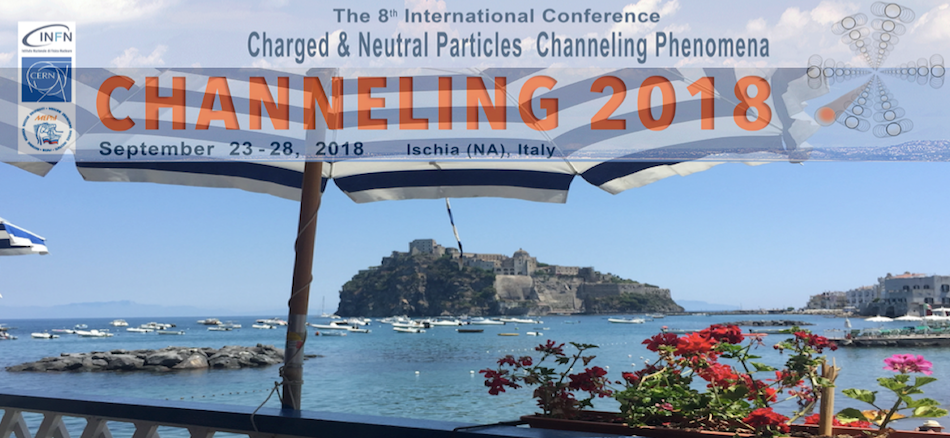Conveners
W2.2 Advanced Generation of THz and X-ray beams
- Alexey Tishchenko (National Research Nuclear University "MEPhI")
Dr
Alexander Aryshev
(KEK)
28/09/2018, 14:30
Oral presentation
Advanced types of particle accelerator systems that could achieve multi-THz repetition rate of accelerated beams [1 and Refs therein] are of utmost importance to reduce the size and cost of future high brilliance radiation sources as well as to provide a widespread availability of a compact accelerator technology to applied labs around the world. Repetitions of the order of a few hundreds of...
Dr
Irizawa Akinori
(The Institute of Scientific and Industrial Research, Osaka University, Japan)
28/09/2018, 15:00
Oral presentation
The free electron laser (FEL) is a tunable monochromatic light source using an electron linear accelerator. Its high power, coherence, pulse, polarized characters yield many aspects of utilization in basic and applied fields. Terahertz (THz) and/or far-infrared (FIR) is just located in the middle region between the light and the radio wave in the electromagnetic wave. This region is so-called...
Dr
Sergey Polozov
(NRNU MEPhI)
28/09/2018, 15:15
Oral presentation
The acceleration of electrons in laser plasma channels is one of the contemporary ideas on energy frontier of accelerators. Many simulations and experimental studies are provided before now but all results shows that low fraction of electrons are capturing into acceleration and accelerated electrons have very broad energy-band. New results of beam dynamics simulations in laser plasma channel...
Prof.
Lixin YAN
(Accelerator Lab, Tsinghua University, Beijing)
28/09/2018, 15:30
Oral presentation
Recently, the high brightness linac at Accelerator Laboratory of Tsinghua University (THU) has been focused on the production of tunable high-peak-current electron bunch trains with picosecond or sub-picosecond spacing. In this talk, we will report on recent research activities with this kind of widely tunable high intensity bunch trains in our laboratory. The production and diagnostics of the...
Prof.
Alexander Potylitsyn
(Tomsk Polytechnic University)
28/09/2018, 15:45
Oral presentation
Development of the linac-based narrow-band THz sources with sub-picosecond, $\mu J$-level radiation pulses is of the great demand among wide scientific community [1 and Refs therein]. The interest appears due to the fact that THz radiation is nonionizing, which prevents destruction of a test sample and enables investigation of living cells without radiation damage. Intrinsically monochromatic...
Mr
Alexsandr Ponomarenko
(Russia)
28/09/2018, 16:00
Oral presentation
The accelerating gradient in conventional radio-frequency accelerators is limited to 100 MeV/m. A promising solution is to use wakefield effects either in dielectrics or plasma, where breakdown limit is higher.
Cherenkov radiation (CR) is considered to be the main mechanism in dielectric wakefield acceleration (DWA). Our preliminary study with corrugated capillaries show some modification to...
Ms
Daria Danilova
(National Research Nuclear University "MEPhI")
28/09/2018, 16:15
Oral presentation
Electron moving through a crystal target can affect the crystal cell by its Coulomb field. Within the first approximation, it leads to arising parametric X-ray radiation (PXR). In the case of consequent short and intense bunches the witness-bunches come to the crystal cells disturbed by the driver-bunches. It can cause the change in the radiation characteristics. To date, such short and...

